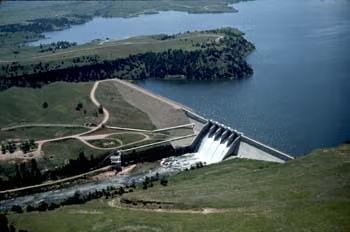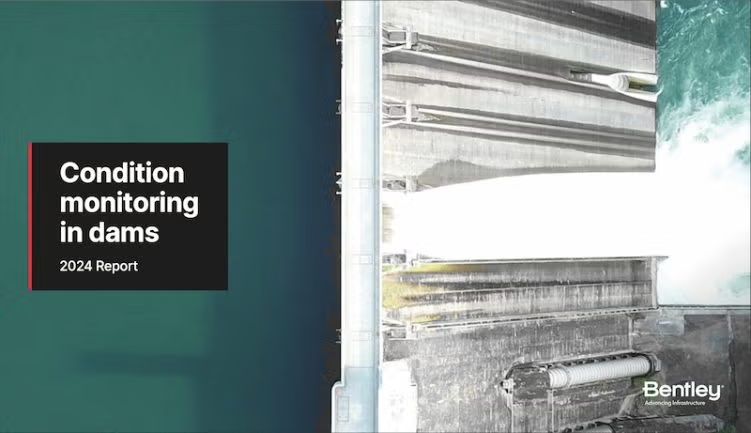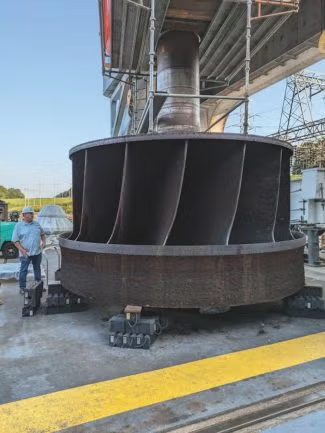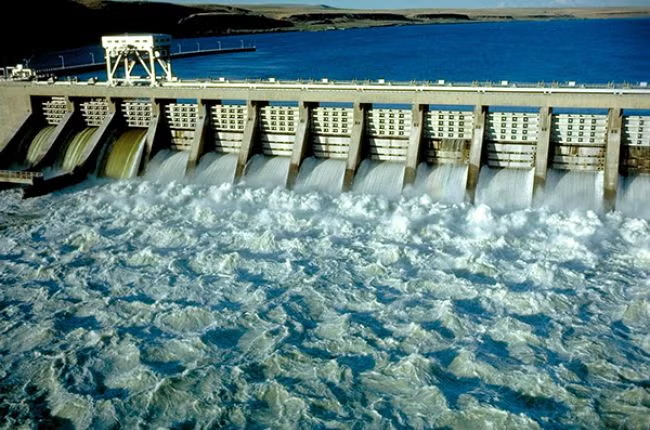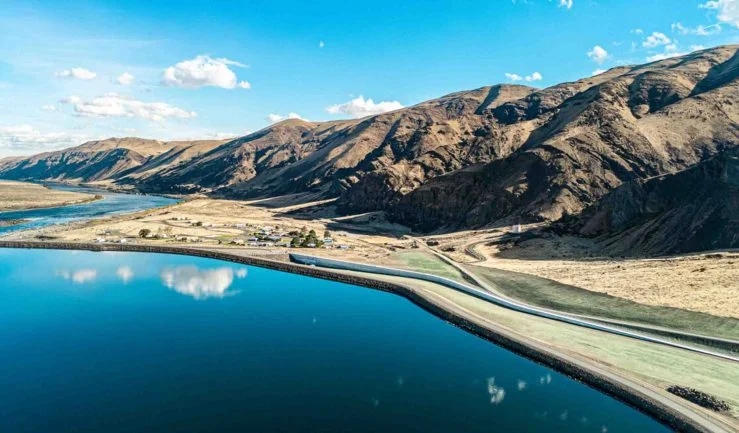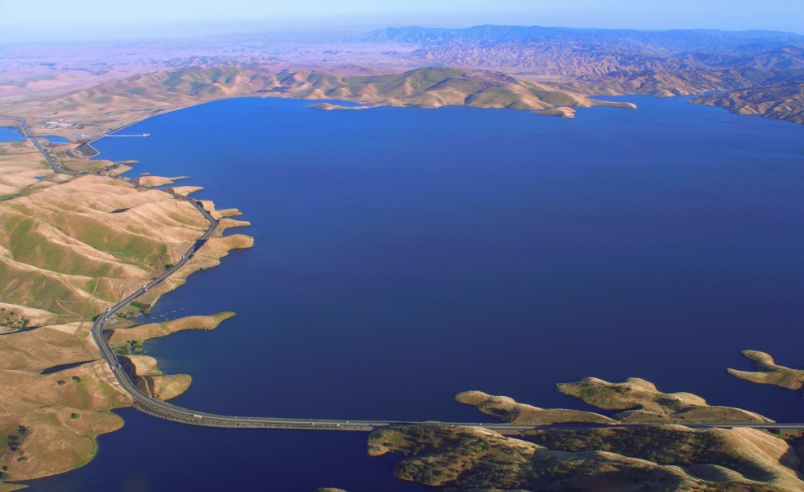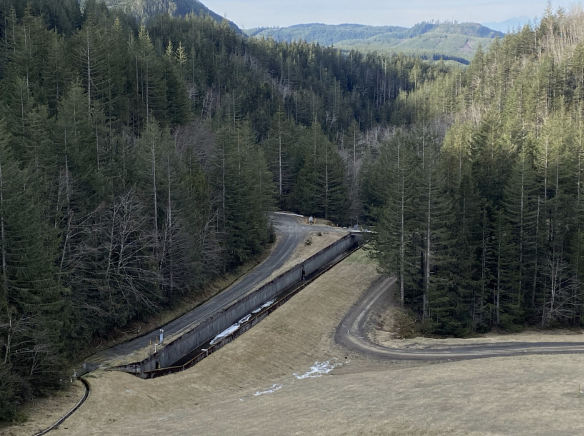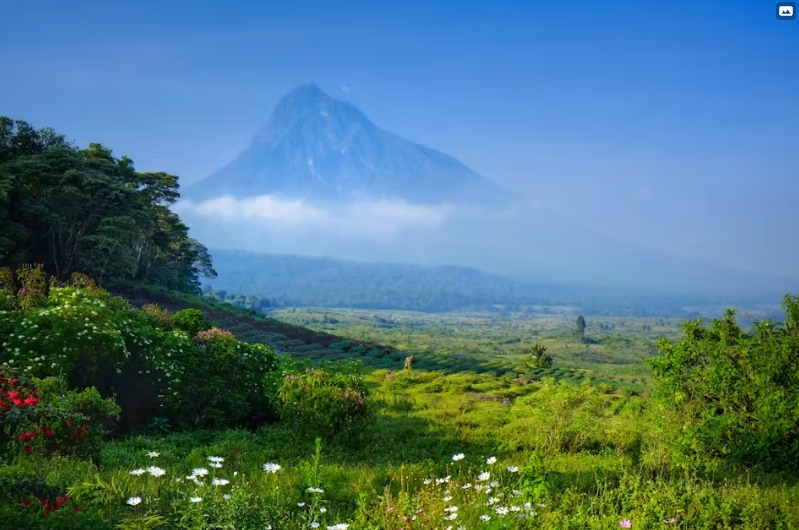
The Democratic Republic of Congo (DRC), roughly the size of Western Europe, is the largest country in sub-Saharan Africa. But with an electrification rate of just 19%, 77 million people live without access to electricity. DRC has one of the lowest electrification rates in the world, second only to Nigeria.
More than half of the DRC’s population lives in rural areas, well outside the reach of the country’s national power grid, which is operated by La Société Nationale d’Électricité, the DRC’s government-owned utility.
But thanks to a significant financial investment from the World Bank Group’s Multilateral Investment Guarantee Agency (MIGA) and International Development Association (IDA), more than 280,000 homes and businesses in the eastern DRC will soon have access to affordable and sustainable electricity – compliments of what is expected to be the largest minigrid on the continent.
De-risking investment in DRC
World Bank data indicates that only 5% of the DRC’s installed capacity is currently produced by the private sector.
Private organizations have been reluctant to enter the market because of the risks posed by decades of political instability and conflict between the military and insurgents, particularly in the eastern part of the country.
To encourage more private sector investment, MIGA and IDA, with support from the International Finance Corporation and the private sector, agreed to provide a guaranteed $50.3 million to de-risk investment in minigrids in the country.
Minigrids, sometimes referred to as remote microgrids or metrogrids, are typically constructed in remote areas that do not have access to a central grid. Minigrid systems use software to control distributed energy resources like solar panels and battery storage, providing remote communities with reliable, clean and affordable power.
Minigrids are key to the DRC’s electrification plans, according to the World Bank, and they are increasingly powering rural communities across the continent.
A minigrid in Uganda was recently recognized for its work in delivering economical, clean energy to a rural community, and there has been significant minigrid development in Ethiopia and Nigeria in recent months.
Congo Energy Solutions, the benefactor of the MIGA guarantee, will, in turn, invest in Nuru SASU, a company that builds and operates solar hybrid metrogrids in the DRC. Nuru SASU plans to add up to 15 MW of capacity in the eastern DRC and has another 39 MW of capacity in the pipeline.
The goal is to provide access to reliable electricity for up to 5 million people by 2025.
“Though it was a complicated transaction, MIGA worked diligently to innovate and provide guarantees to de-risk this metrogrid investment,” said Jessica Stiefler, senior underwriter and distributed energy lead at MIGA. “We are committed to supporting private sector investment and accelerating access to clean and reliable sources of energy.”
The coalition involved in the project hopes to demonstrate the commercial viability of minigrids and ultimately encourage private sector investment in the country’s electricity sector.
“As an African, it was exciting to work on this important project. This clean energy project with battery backup provides stable power supply,” said Asenath Mutumbi, lead underwriter for the Nuru project. “We hope that this project is scalable and replicable across other geographies.”
15 minigrids launched in Zambia, with more to come
Located on the DRC’s southern border, Zambia is also making headway with its electrification efforts.
MySol Grid Zambia, a unit of minigrid solutions provider ENGIE Energy Access, recently began construction on 15 solar minigrids in the country’s eastern province and is targeting a total of 60 installations across the country by 2025.
The initial 15 minigrids are expected to be operational by the end of the year.
Like the DRC, Zambia has lower than average electrification rates compared to other sub-Saharan nations. Overall, 42% of the country’s population has access to electricity, including 75% of urban households, according to the World Bank.
However, less than 12% of Zambia’s rural population can say the same.
“We are excited to announce this significant milestone, which brings ENGIE Energy Access closer to achieving its goal of operating 60 minigrids across five provinces in Zambia. This project [will deliver] affordable, reliable and sustainable clean energy to 40,000 people living in rural areas,” said Gillian-Alexandre Huart, CEO of ENGIE Energy Access.
Funding for the company’s 60 planned minigrids comes from a $7.5 million debt facility with Facility for Energy Inclusion and Cygnum Capital.
The minigrids will be built as part of the European Development Fund and the European Union’s Increase Access to Electricity and Renewable Energy Production program.
